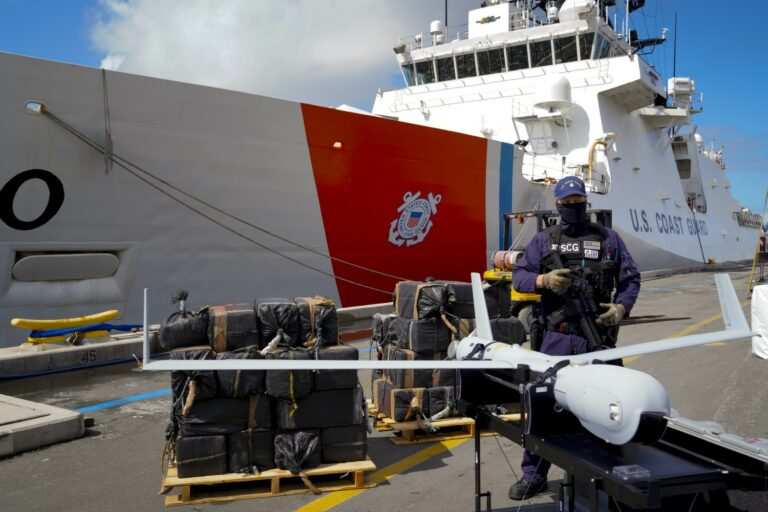
The U.S. Navy’s struggles with COVID-19 are well documented. Early in the pandemic, the aircraft carrier USS Theodore Roosevelt had hundreds of sailors test positive, with one fatality. The outbreak led to the removal of the ship’s commander. More recently hundreds of sailors aboard the destroyer Chafee were placed under quarantine in San Diego hotel rooms.
But the pandemic has also strained Coast Guard crews at sea, said Capt. Brian Anderson, the commanding officer of the maritime security cutter Bertholf. The ship was in San Diego harbor this week after a 70-day deployment in the Pacific.
While the cutter’s crew is significantly smaller than that of an aircraft carrier — 170 compared to 5,000 or more — Coast Guard ships have the same confined living and work spaces their Navy cousins.
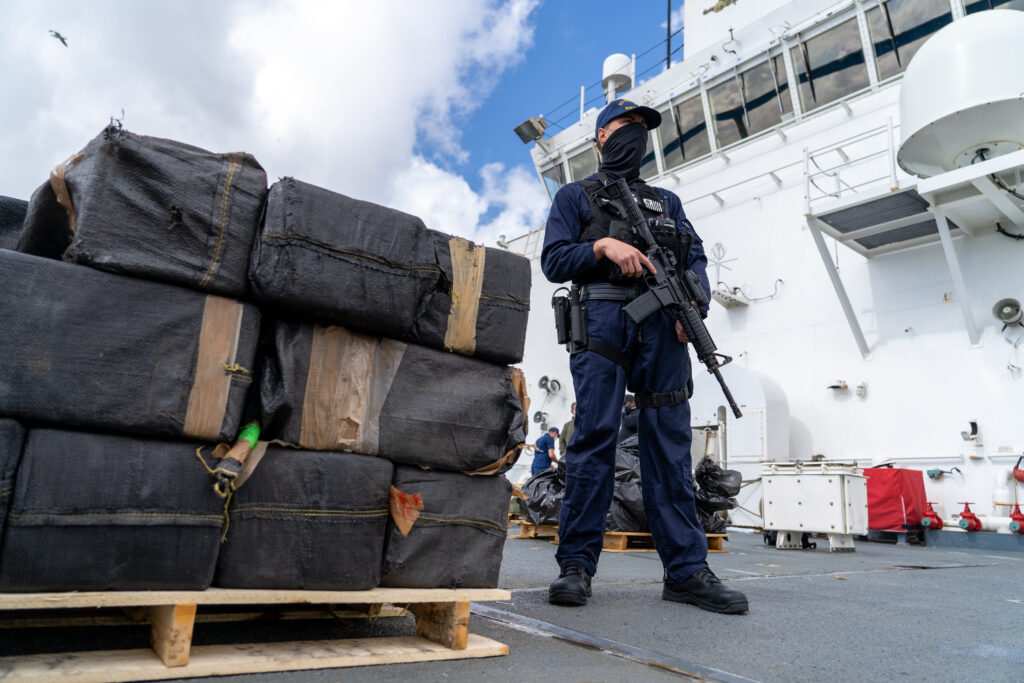
Similar to the Navy, the Coast Guard has isolated its crews before going to sea for at least two weeks. Then once on board, Anderson said, crews continue to wear masks and maintain as much social distancing as possible for an additional two weeks until leaders are confident and effective “bubble” is established.
“That changes whenever we pull into a port or do a law enforcement boarding of folks that aren’t a part of our bubble so we have to start those procedures again,” he said. “It’s a pretty painful process but one we’ve gotten down pretty well.”
On Wednesday, the top officer in the U.S. Coast Guard, Adm. Karl Schultz, was on hand at the 10th Avenue Marine Terminal where the Alameda-based Bertholf unloaded 7,500 pounds of cocaine and marijuana seized by several Coast Guard vessels in the eastern Pacific over the first two months of 2021.
Schultz was in San Diego to talk about the service’s worldwide missions and the future of Coast Guard in his annual address to the service.
The Coast Guard is unique among the military branches because it is the only one that falls under the purview of the Homeland Security Department, not the Department of Defense. However, its missions run the gamut from law enforcement, national defense and search and rescue. The service’s operations are also all over the map — freedom of navigation operations in the South China Sea, security operations in the Middle East to the arctic and all points in between.
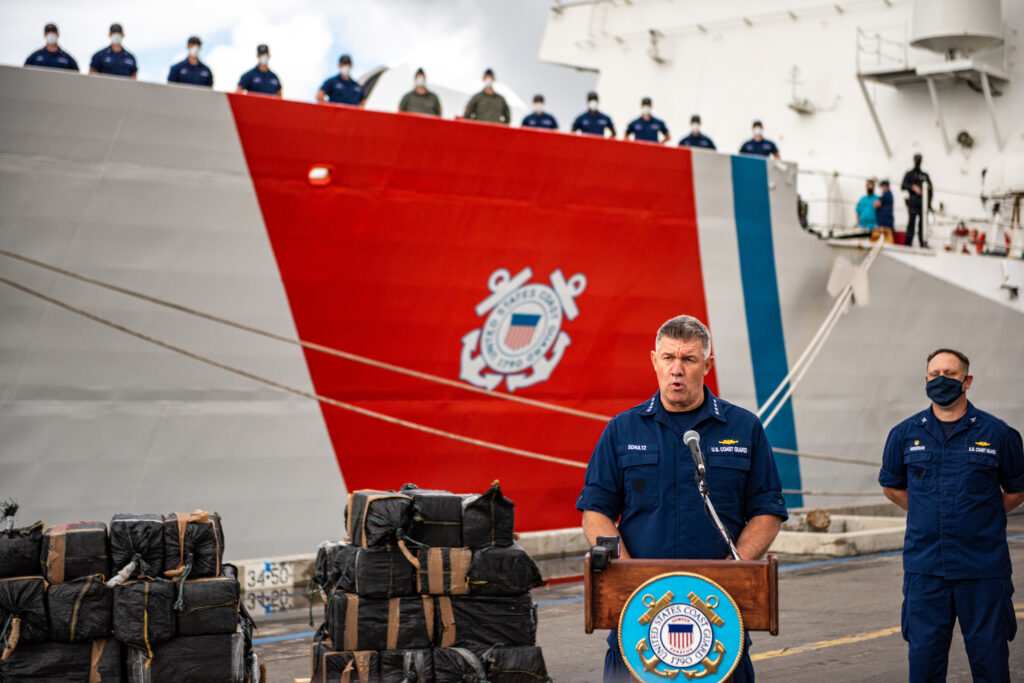
In the arctic, Schultz said, the cutter Healy — an icebreaker — will complete a Northwest Passage transit this year in partnership with Global Affairs Canada.
Schultz also talked about the deployment of the service’s new 154-foot fast response cutters throughout the world. This month, Schultz said, two of the new ships will deploy to the Middle East to begin replacing the six previous-generation 110-foot cutters currently based with the U.S. Navy’s 5th Fleet.
He also announced the service is offering two-year enlistments which he hopes will diversify the ranks and help the Coast Guard meet its recruiting goal which has fallen short in recent years.
The fast response cutter Forrest Rednour, which is based in San Pedro, was in San Diego Wednesday. On board, Rear Adm. Brian Penoyer, the commander for Coast Guard District 11 — which includes the San Diego sector — talked about the leap in technology between the older, smaller ships and the new ones.
Unlike the older ships, these new cutters feature modern communication and navigation capabilities and, due to their larger size, can handle rougher seas.
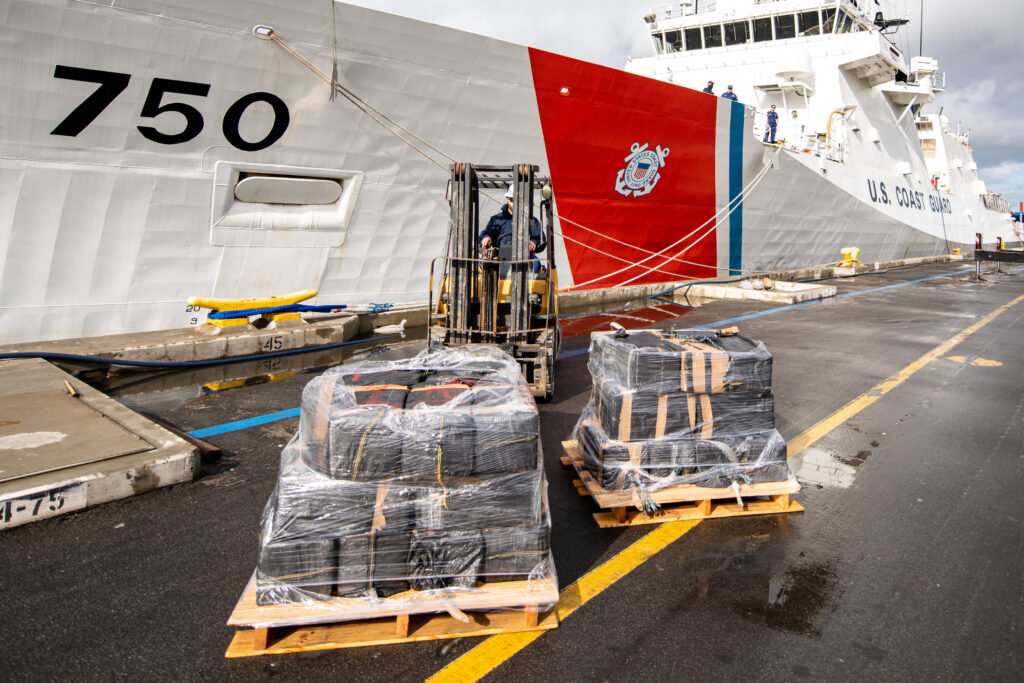
“The only problem is I don’t have six of them,” Penoyer said.
The Forrest Rednour operates with a crew of 24.
San Diego, Schultz said in an interview, is an example for the Coast Guard nationwide on how the service operates with its partners in the military and law enforcement.
“The regional coordinating mechanism here I would cite as the national example of cooperation for the Coast Guard with DHS and other departments,” Schultz said.
That type of cooperation is how the service performs drug interdiction far from American waters. In addition to Coast Guard ships such at the Bertholf, Navy guided-missile destroyers and other federal law enforcement agencies work together to monitor vast swaths of ocean, Schultz said Wednesday.
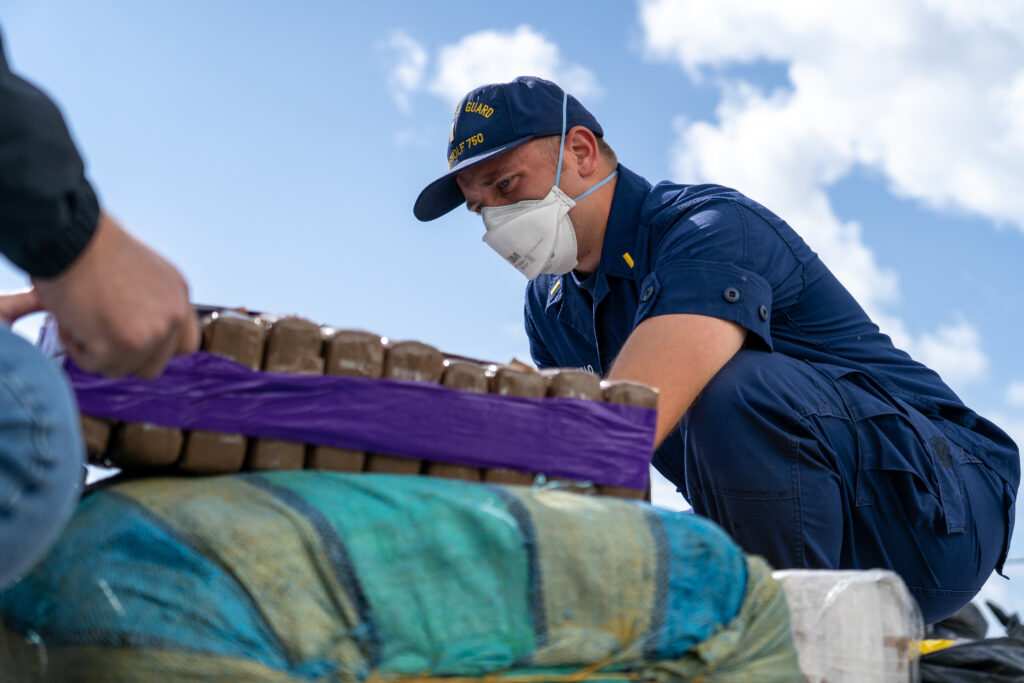
The Bertholf is able to launch and recover a small drone — the Scan Eagle — which helped the ship locate and identify the pangas and low-profile boats used by cartels and smugglers.
While the Navy and Marine Corps make up the bulk of the military presence in San Diego, the area is also key for the Coast Guard. With the exception of ice-breaking, the San Diego area encompasses all of the service’s key missions such as search and rescue, border security, port security and counter-terrorism, among others, Schultz said.
“This is sort of a sweet spot,” Schultz said.
About 300 Coast Guardsmen and women are attached to Coast Guard sector San Diego. Three 87-foot cutters are based in San Diego along with three MH-60T Jayhawk helicopters. In the last fiscal year, the Coast Guard saved 138 lives and assisted 252 more people in search and rescue operations. It also seized almost 4,000 pounds of drugs and apprehended more than 1,000 unauthorized immigrants and alleged human smugglers.
___
(c) 2021 The San Diego Union-Tribune
Distributed by Tribune Content Agency, LLC.
0 comments :
Post a Comment